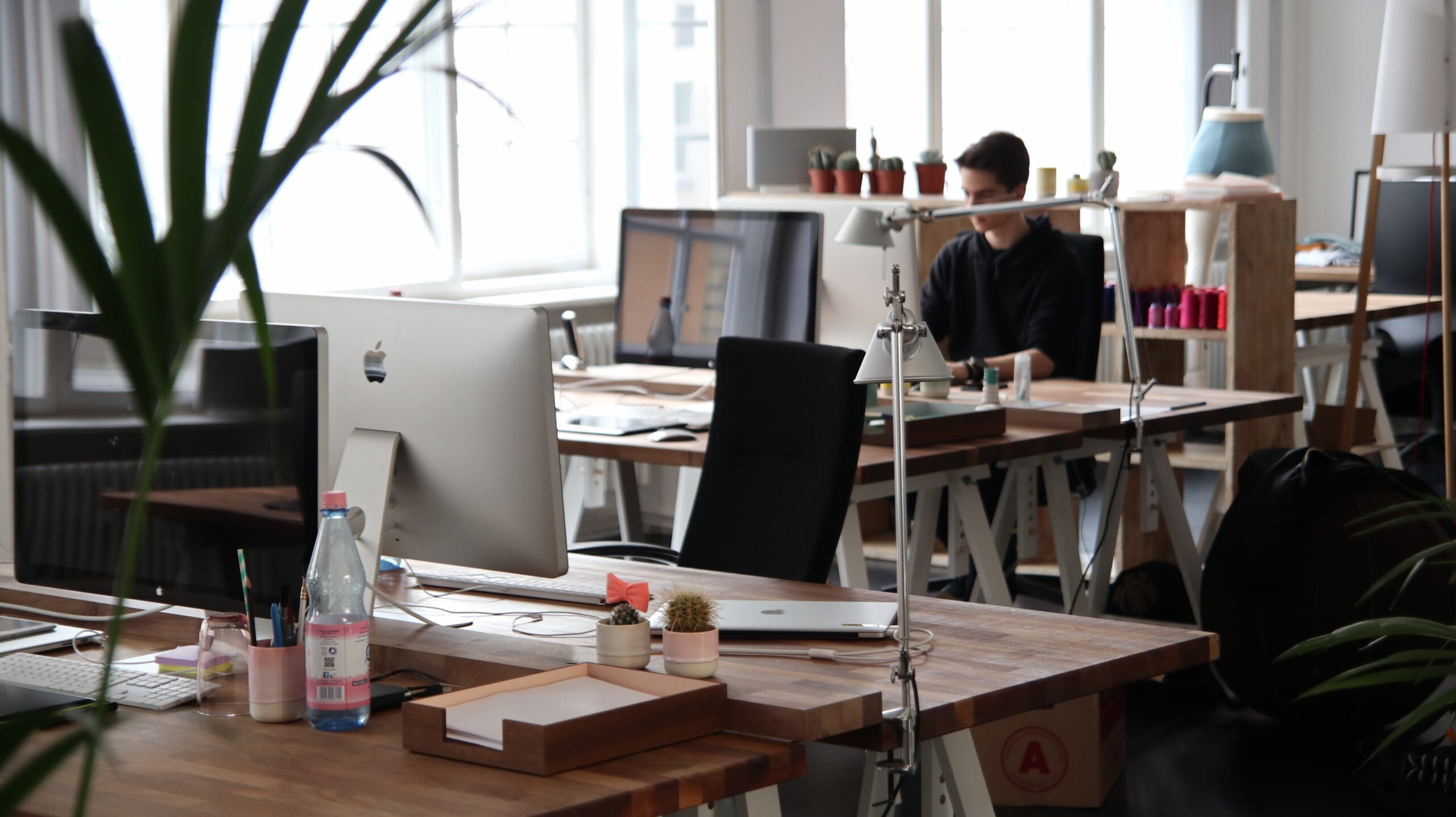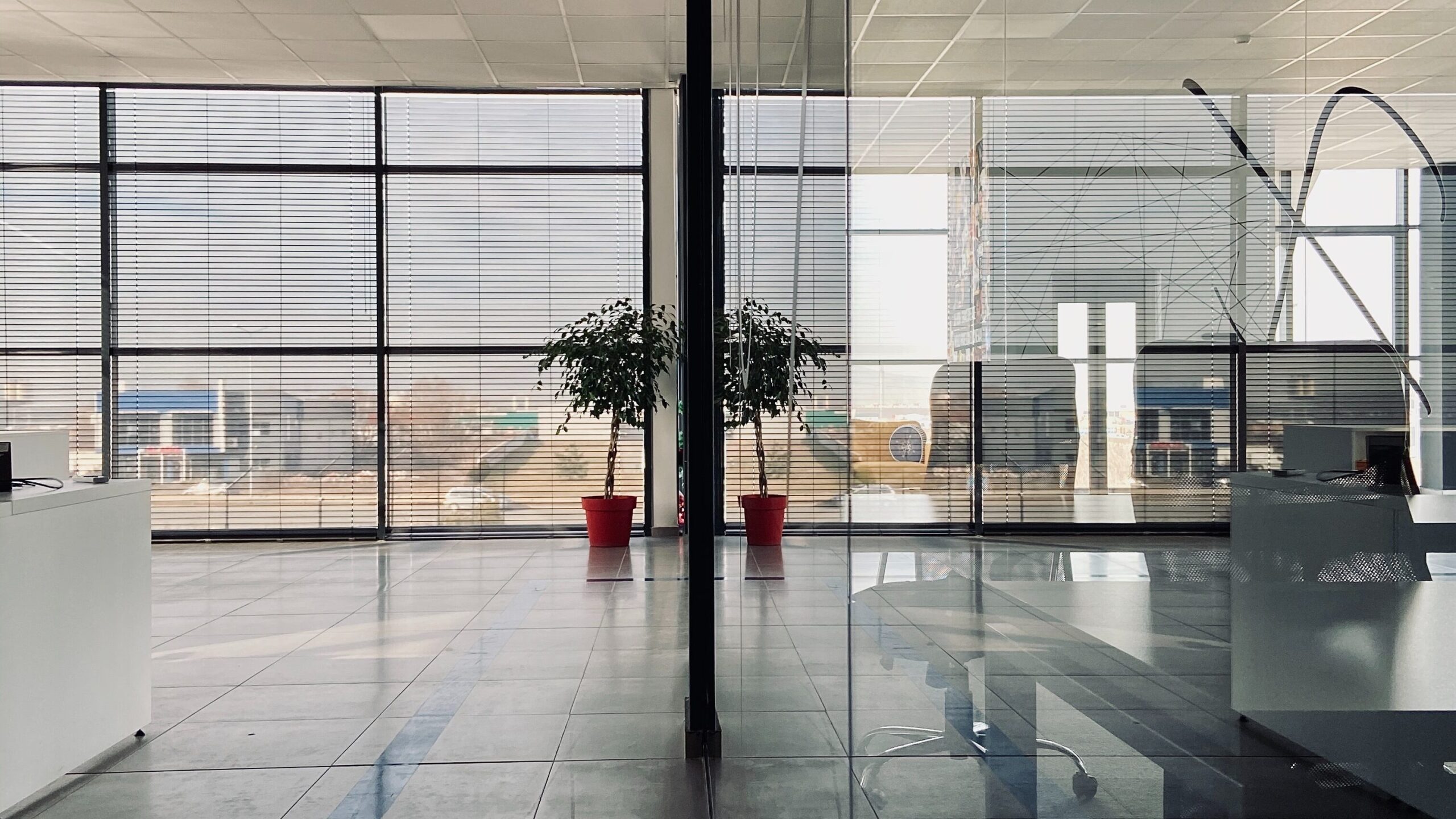
03 Nov 10 Tips for a Designing a Better Workspace
Is your company growing? Or is it time to update the home office? When designing a better workspace, these are some important tips to consider with regard to productivity, workflow, mood, and company culture.
1. Measuring Accurately
Taking accurate measurements allows you to easily design a layout that makes the most of the space you have available. When measuring your workspace, don’t forget to include features such as the location of the entry and exit and windows. Also, make sure the new furniture will be easy to fit through the door!
2. Consider Functionality
Are you seated at a laptop or day? Or does part of your job involve moving around, using different equipment, or tasks at different workspaces? Consider how you move about between them and what kinds of space you need for each. This means everything from whether you have a standing desk to how far away the coffee machine is.
3. Designing a Better Workspace With a Plan
The goal of redesigning the workspace is to improve traffic, enhance workflow, and increase productivity. When designing the new layout of an office, consider your company culture and workflow. For example, does your company prefer formal conferences or quick informal meetings? Do your employees need standing desks and active seating for better ergonomics? If your team is remote, consider what workspaces at home are going to provide them the best working conditions.
4. Create a Budget
Creating a realistic budget enables you to prioritize and plan the space more effectively. Get back to the basics and focus on the aspects that are most overdue for redesign as well as optimizing the areas that affect your employees daily, such as proper lighting.
If money is tight, seek out inexpensive alternatives to high-end items. For example, choose vinyl chairs over leather ones and nice-looking laminate to hardwood floors. Your workspace will appear sophisticated to the casual observer but at a fraction of the cost.
5. Ask for Staff Input
Enlisting a few coworkers to help with the design and installation of your new office furniture can also make the task more fun and foster a positive company culture.
So determine what features are important to them by asking. Are they environmentally conscious and want a green office with energy-saving light bulbs and recycle stations? Will a vision board inspire? What kind of desks do they prefer – modular, standing, L-shaped, U-shaped or T-shaped? Do they want movable partitions and room dividers?
6. Choose a Style
While the latest interior design trends may look great in other company’s offices, it is essential to choose an office design that works for your company and its employees. Depending on your product or service, trendy or novel décor can be distracting or go out of style leaving your workspace looking outdated. Choosing timeless furniture, equipment, and neutral décor enables your office space to remain functional and in-style for years to come.

7. Be On Brand
Your office space should reflect the personality and values of the business. Creating a space that maintains your brand identity reinforces it with employees and broadcasts your brand to clients visiting the office.
Try using the color palette or design elements from the company logo as inspiration for your furniture selection. But focus on neutrals with a pop of color that is easy on the eyes.
8. Plan for the Future
Failing to plan for the future may mean you need to redo the office again in a few years when the number of employees increases. Consult with HR and senior management about which positions and departments might be expanded. Update workstations to modular styles that can be easily reconfigured as the company grows. Consider how teams can benefit
9. Focus on First Impressions
Your reception area is the first glimpse your clients get of your company, and a beautifully designed reception area should represent your company image, culture and ethos. According to a study by Ipsos the reception area and office design and aesthetics can strongly influence a client’s impression of your company, so consider wisely.
10. Optimize Lighting
Lighting has a significant impact on the performance of employees and can also affect their mood and overall job satisfaction. Lighting can also control the atmosphere and enhance the aesthetic features of the office space, so it is essential to consider which lighting options offer function and style.
Make the most of the natural light available by locating workstations close to the window. Alternatively, overhead task lighting or compact desk lamps could be used to minimize screen glare. Lighting can make a big design impact, so a statement light fixture in a reception area can turn an otherwise neutral space into an impressive introduction to your company.
Final Word
Redesigning your office is an excellent opportunity to boost productivity and improve the work environment for your employees. Decorate to inspire and motivate, but design for function and clutter-control.

